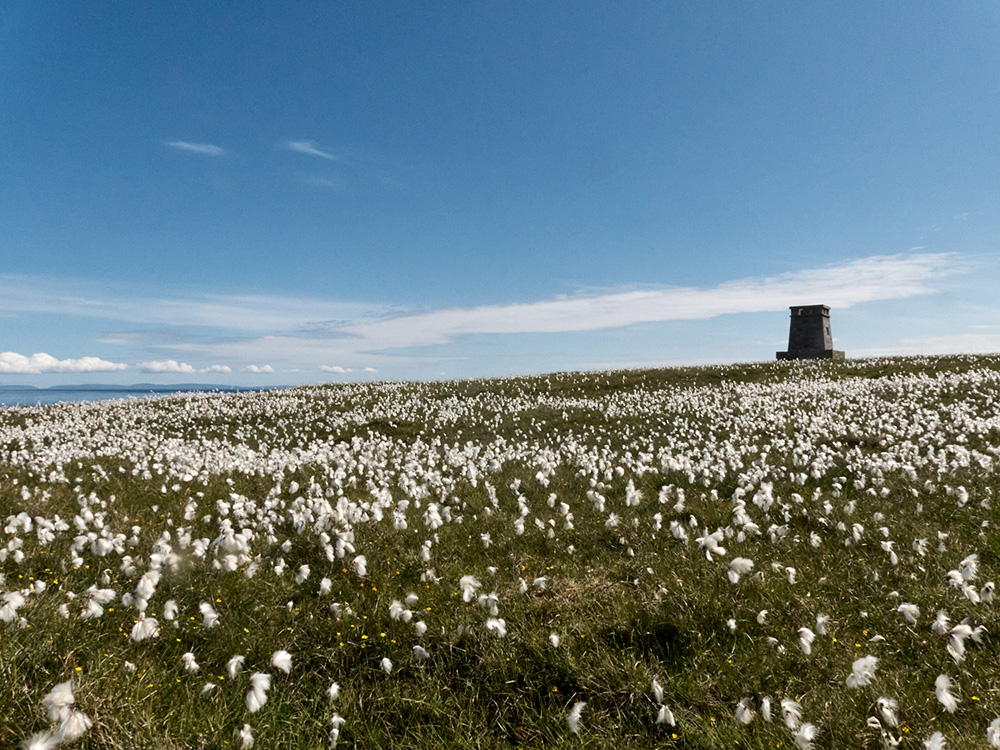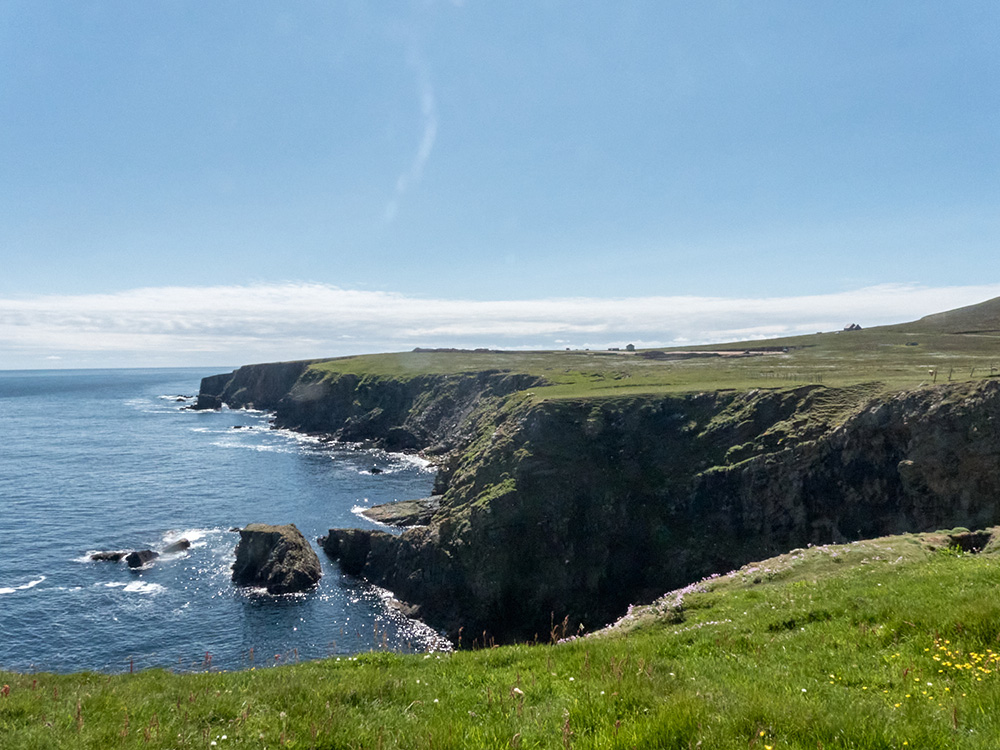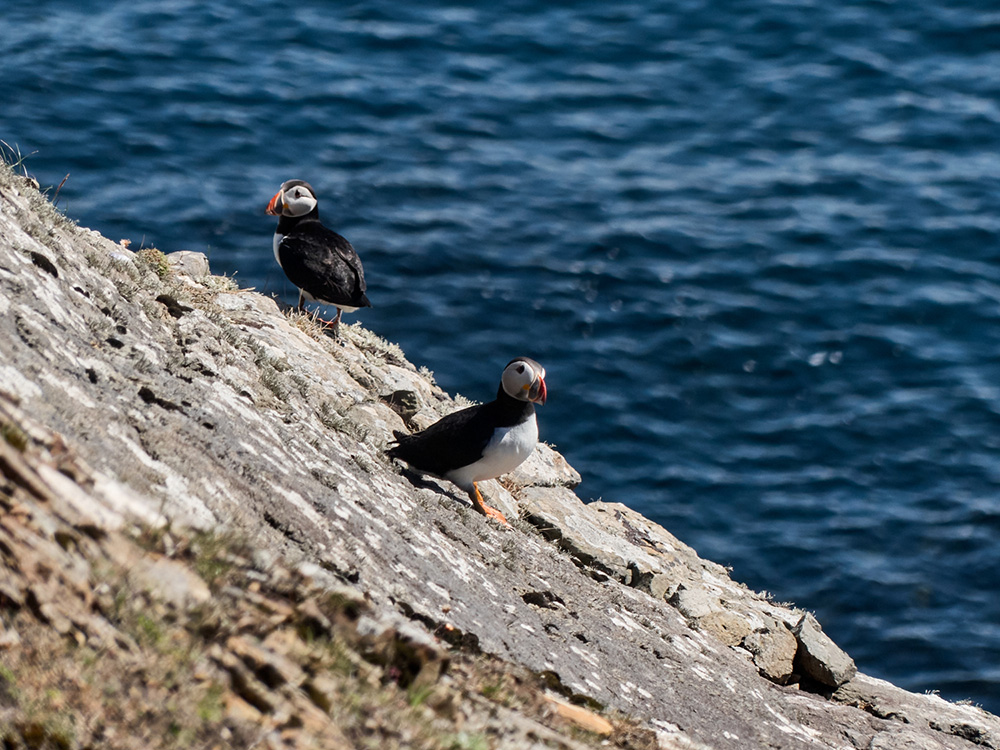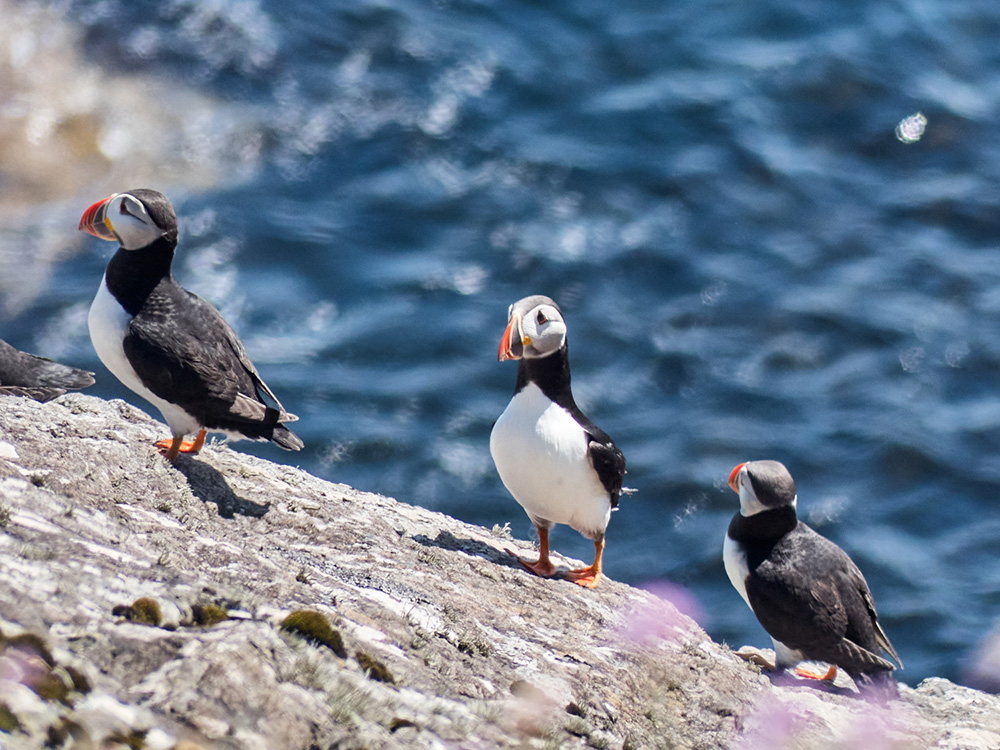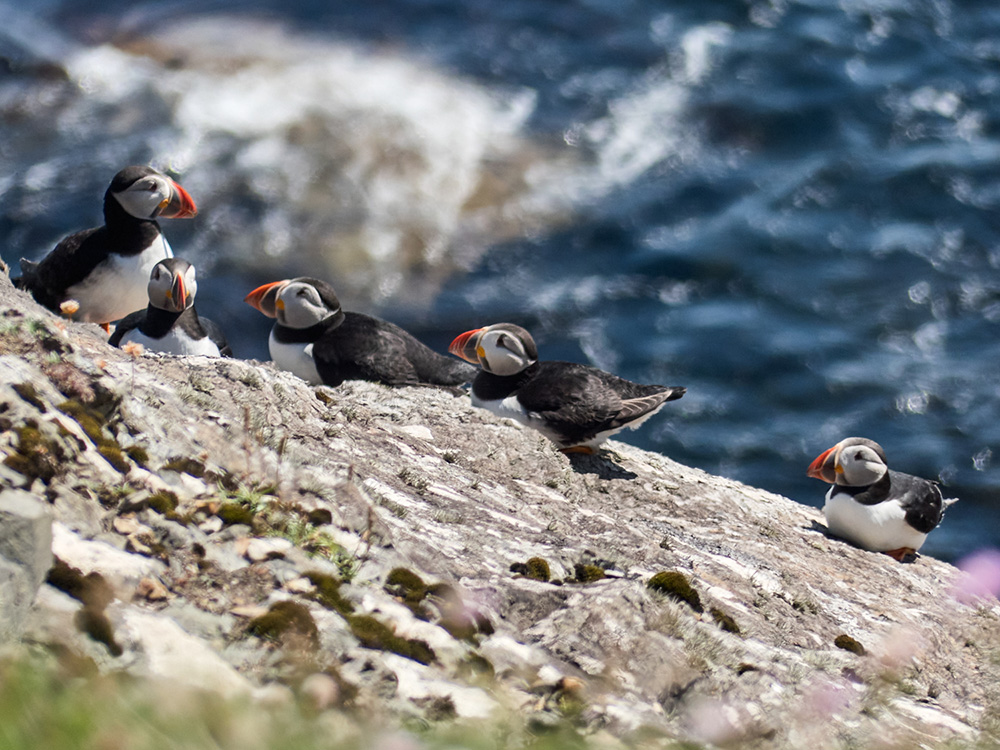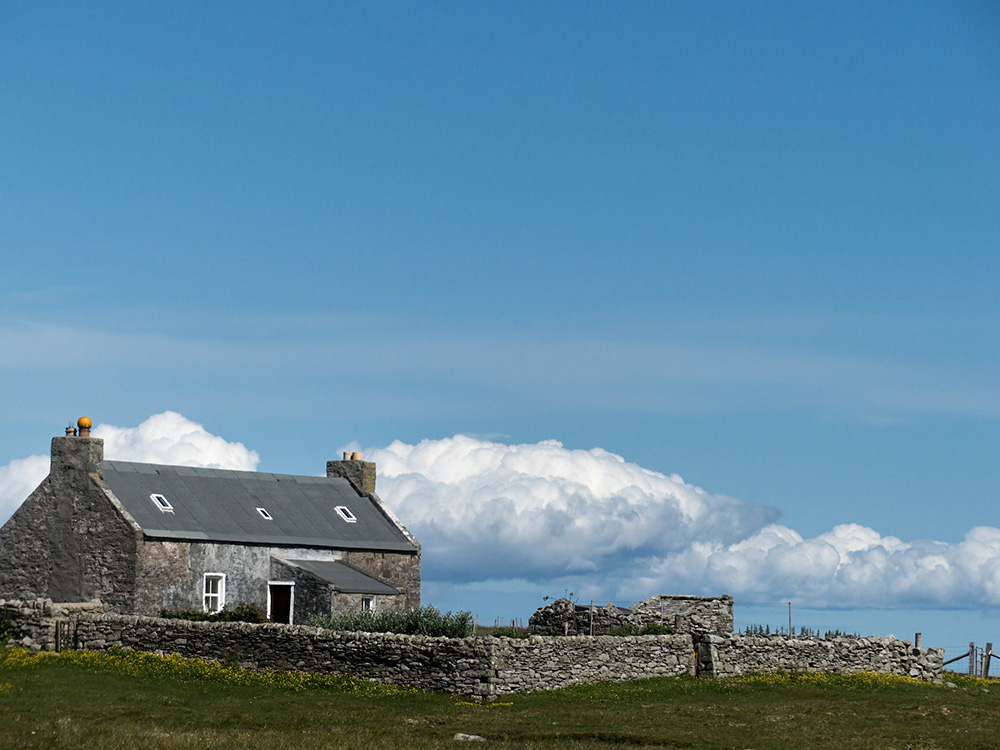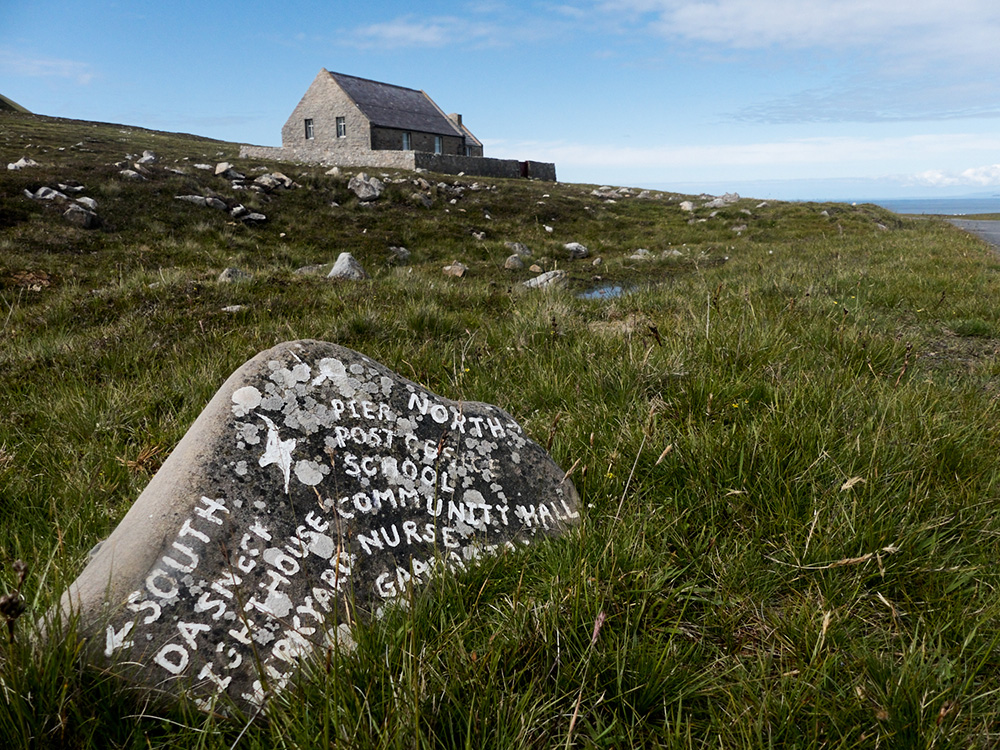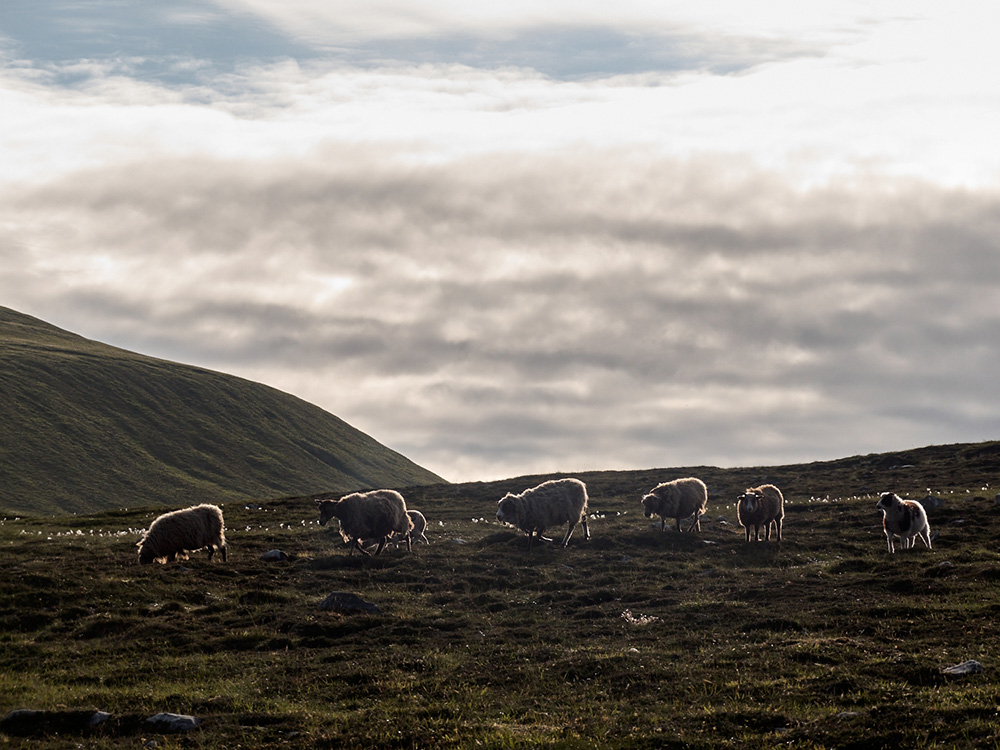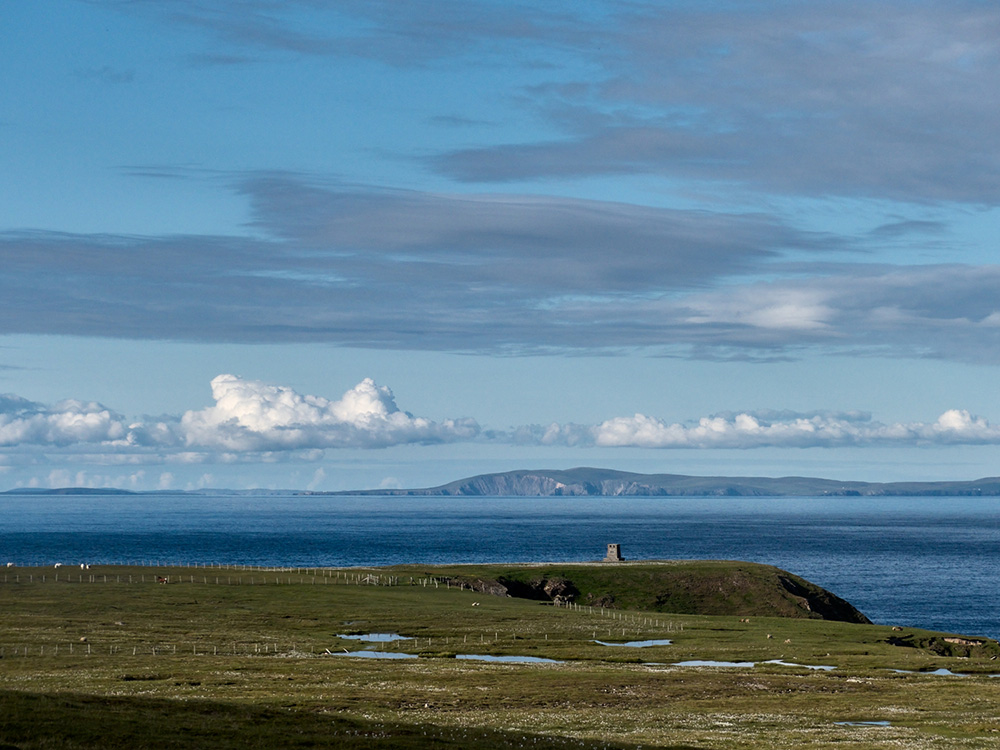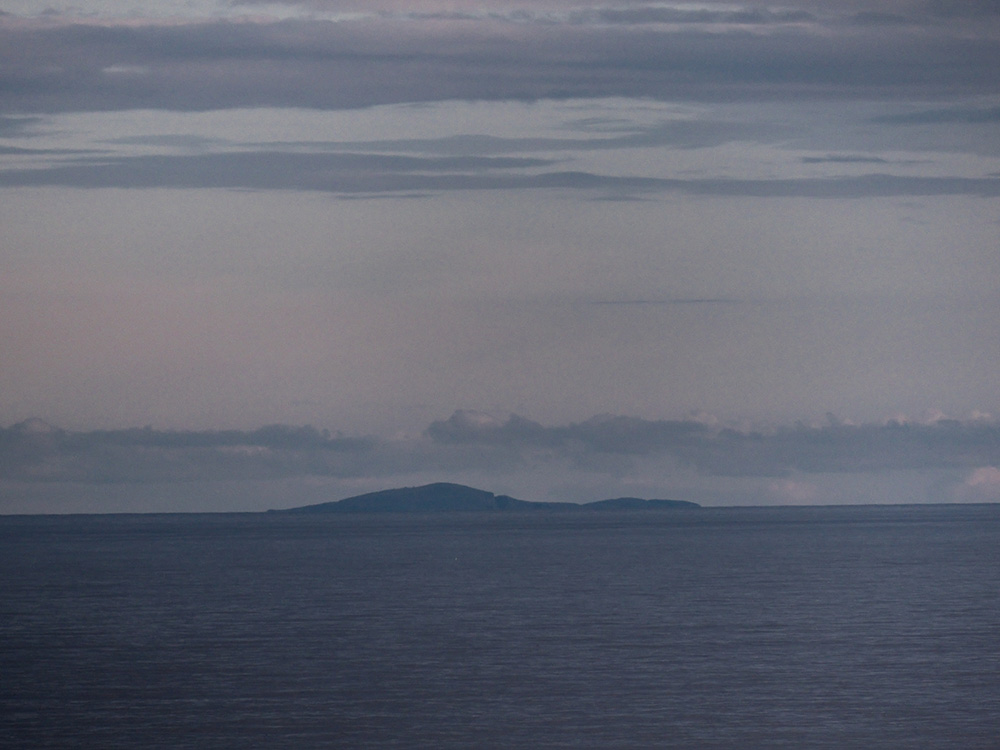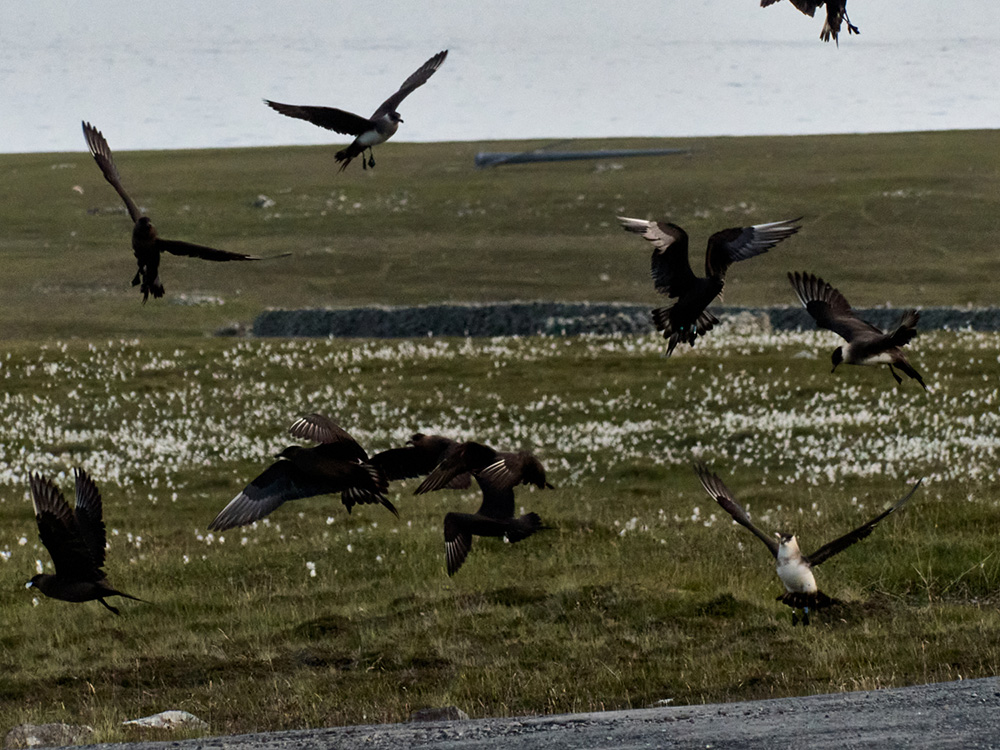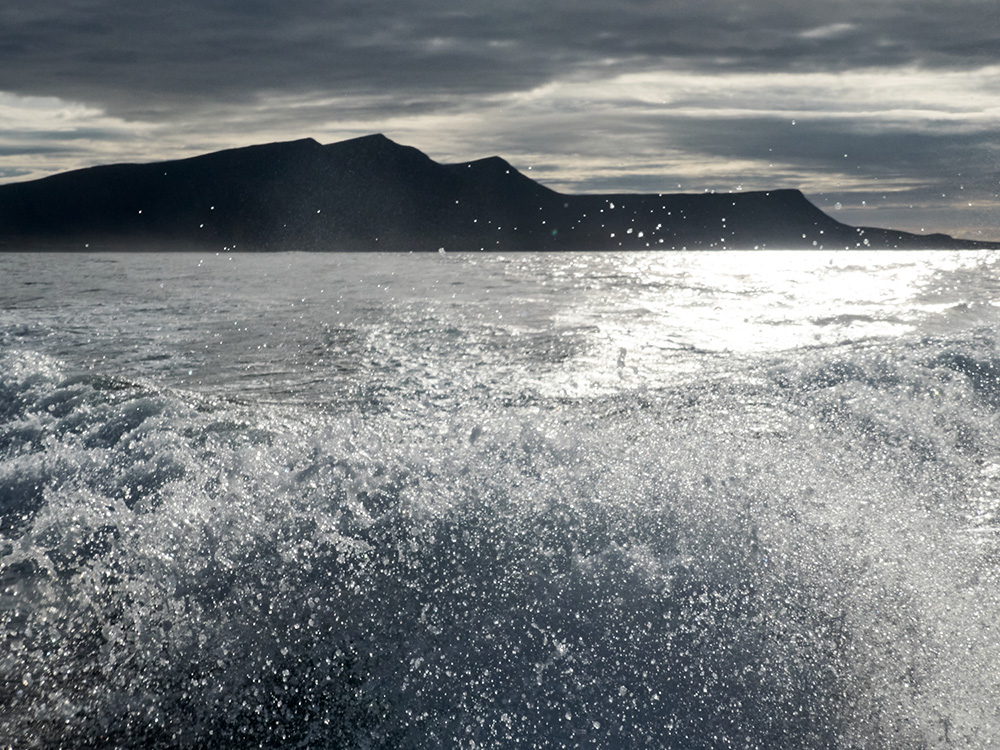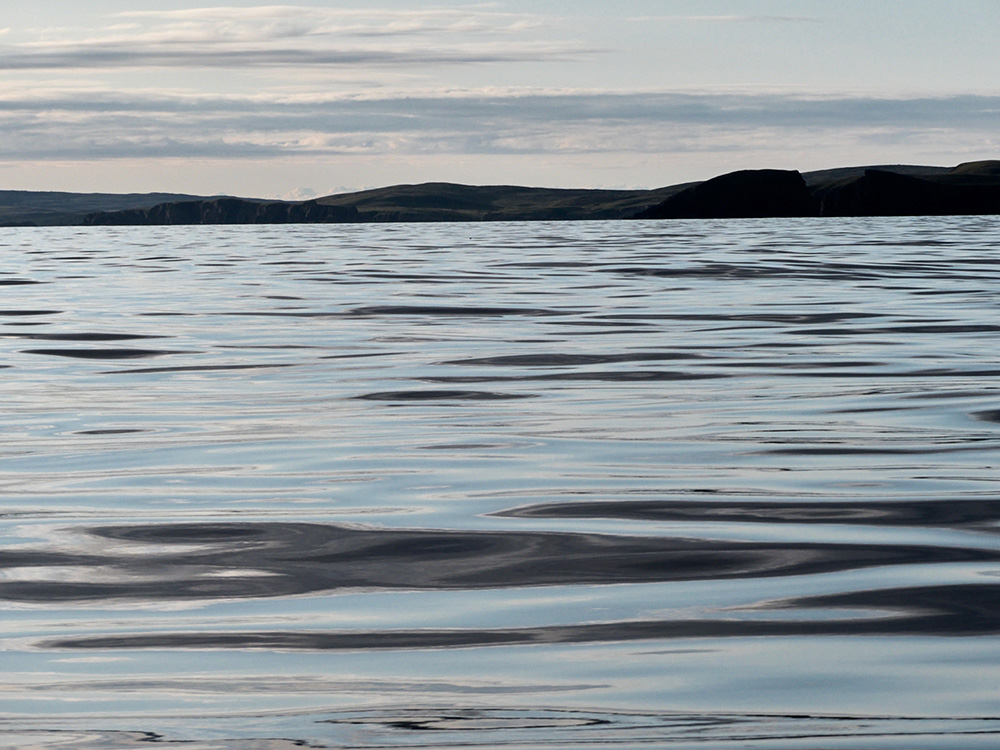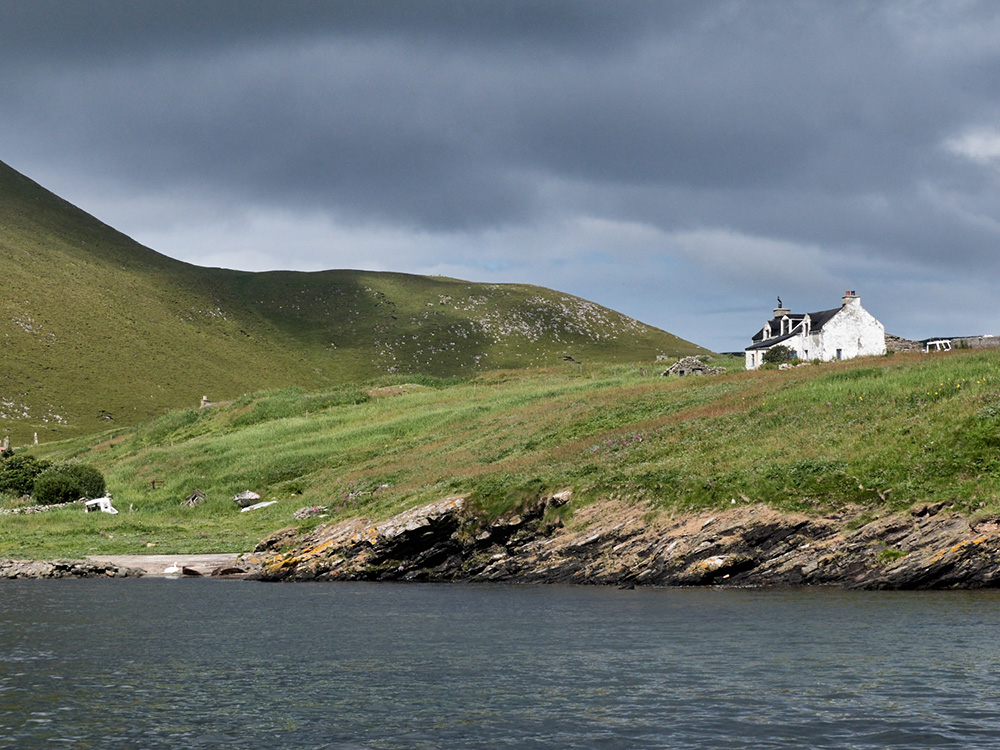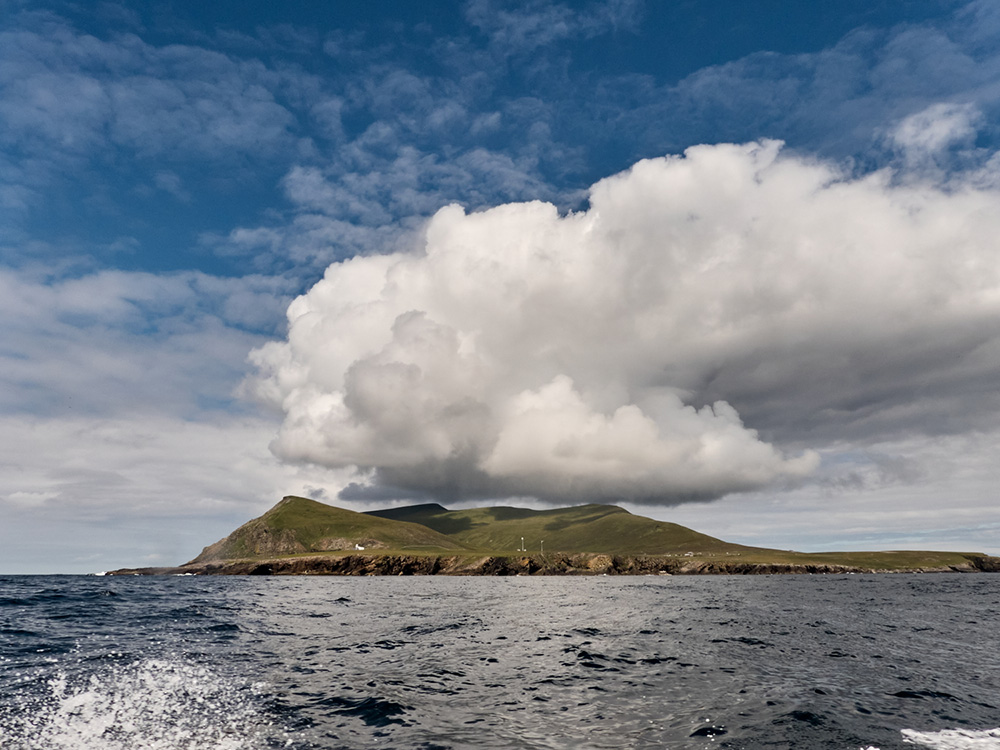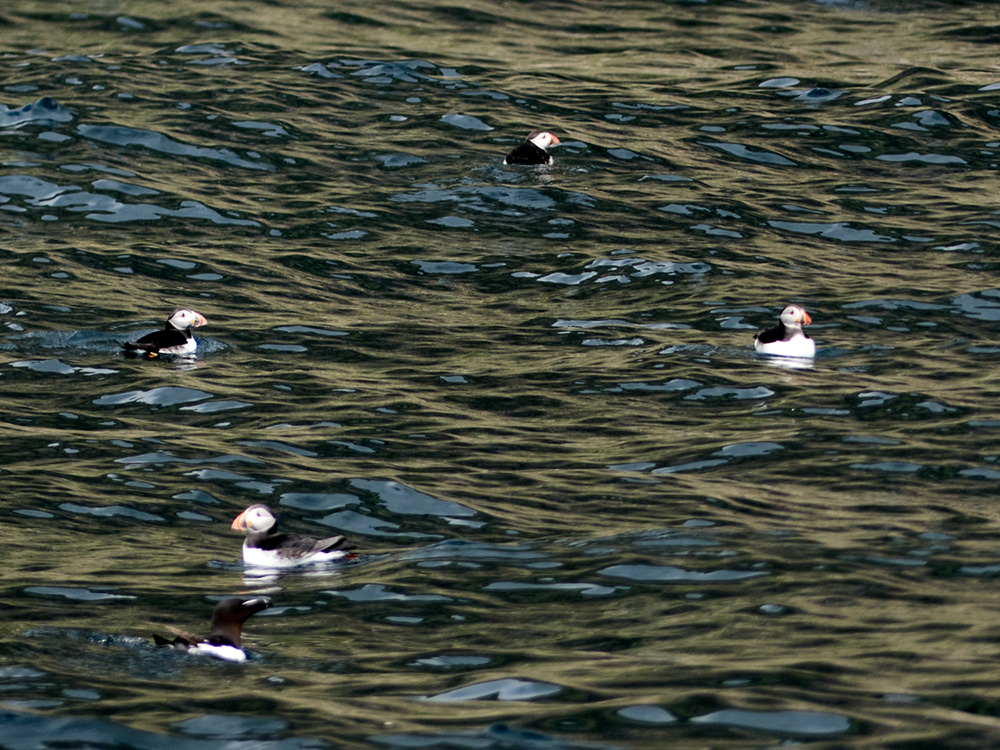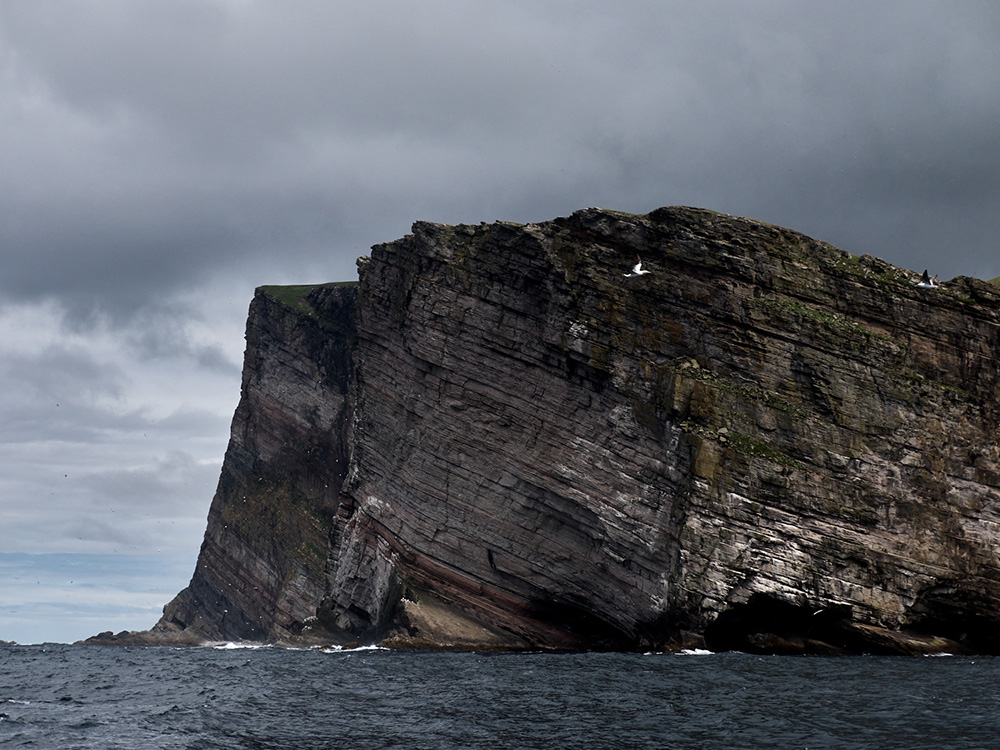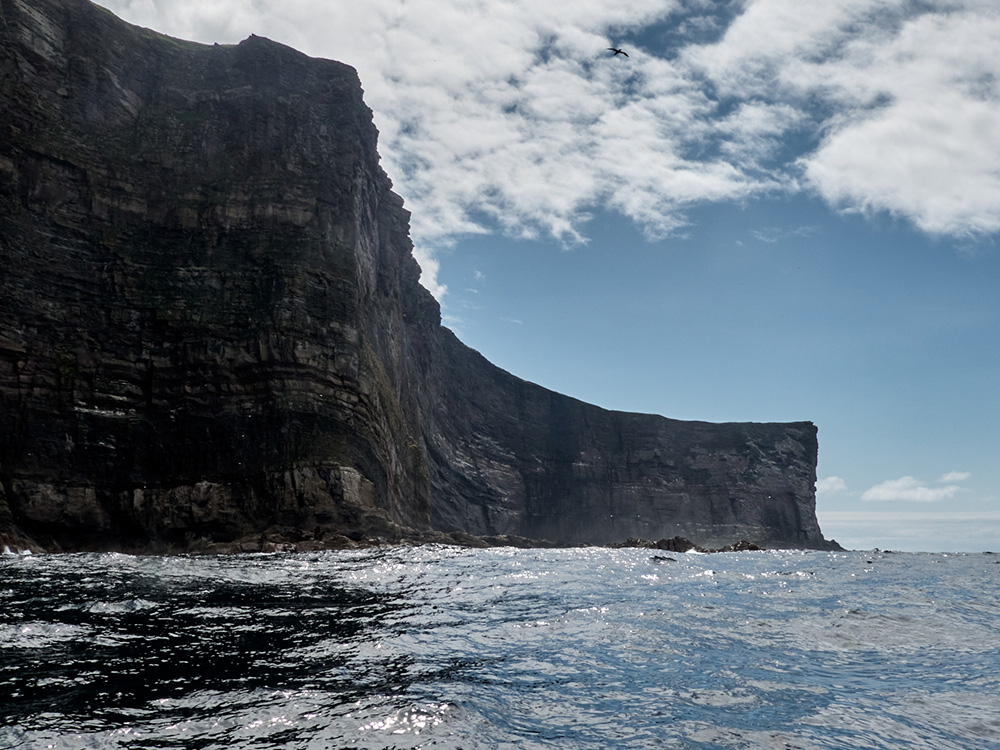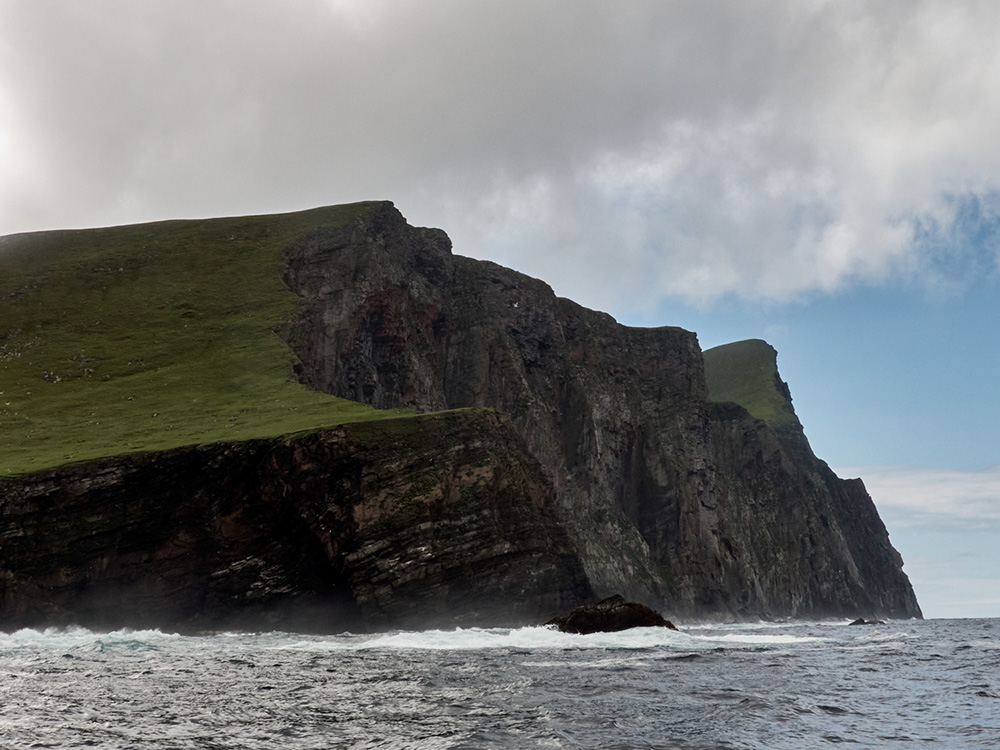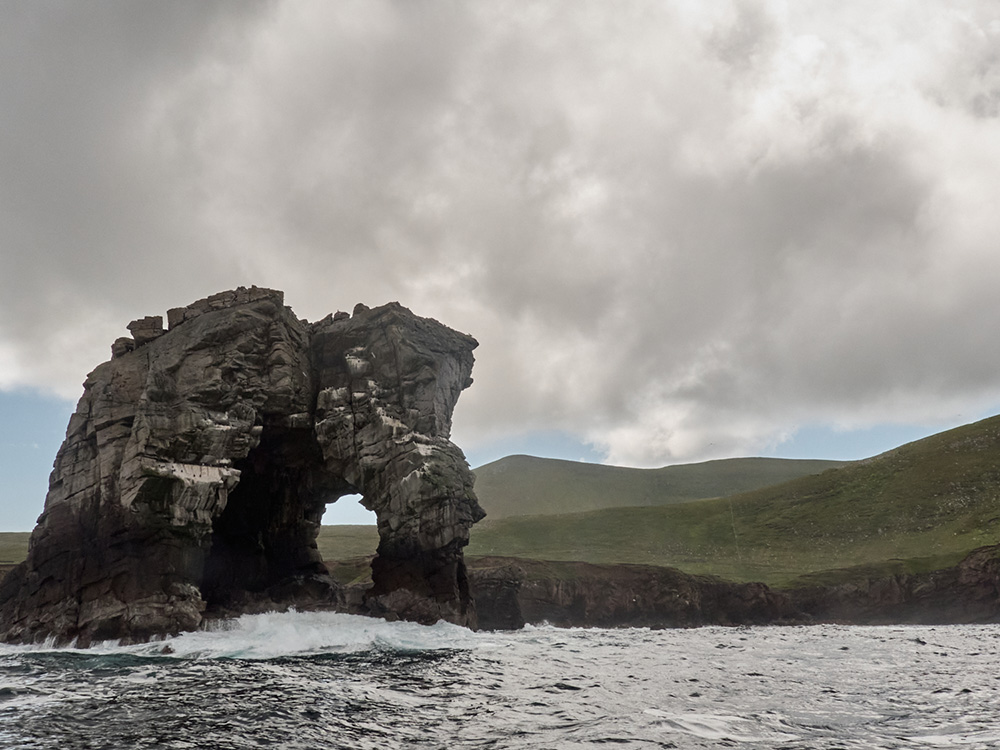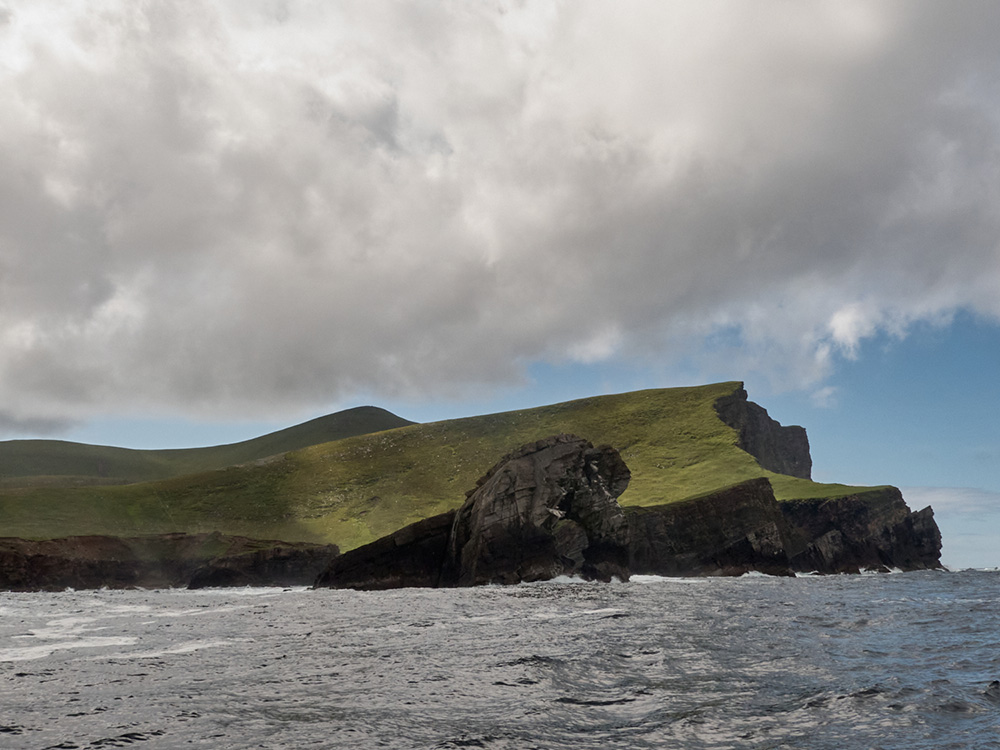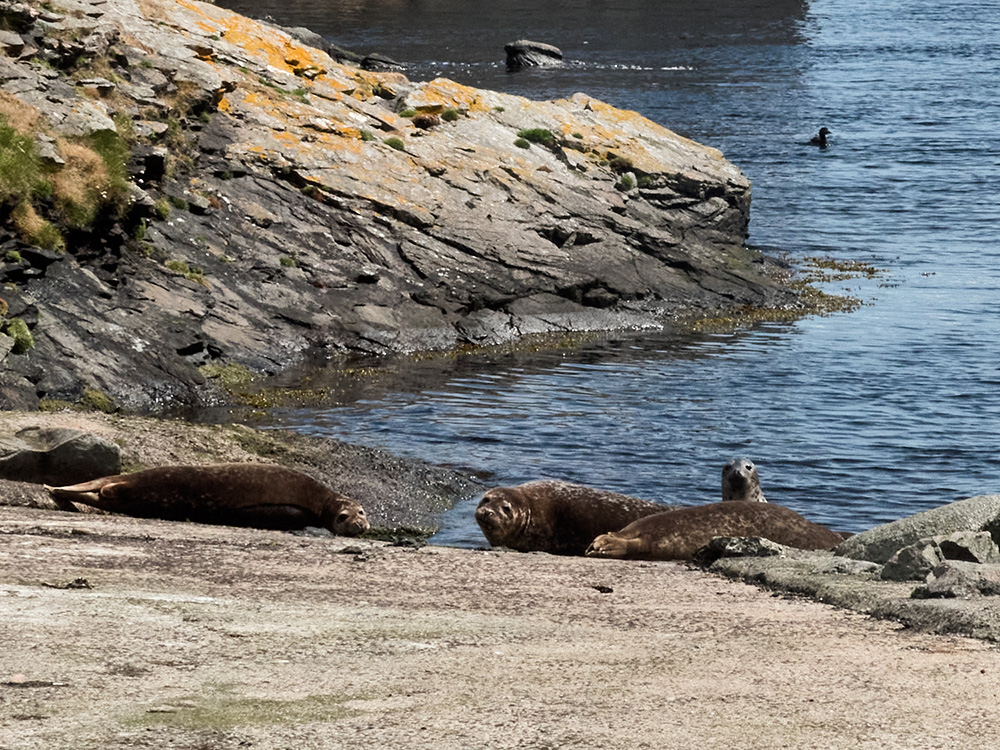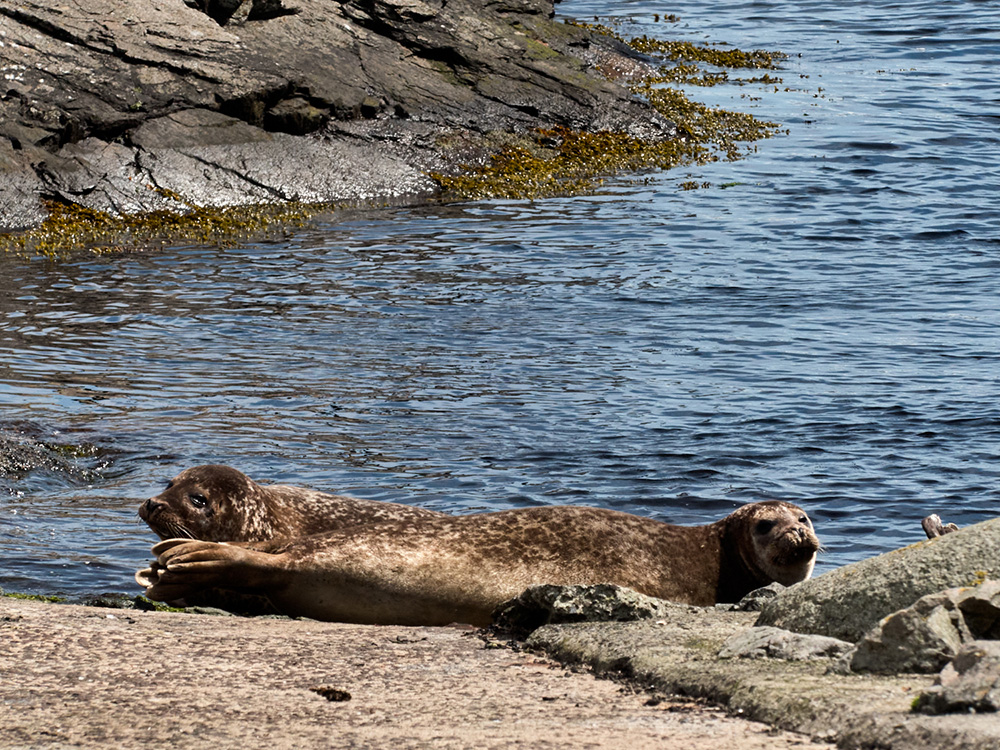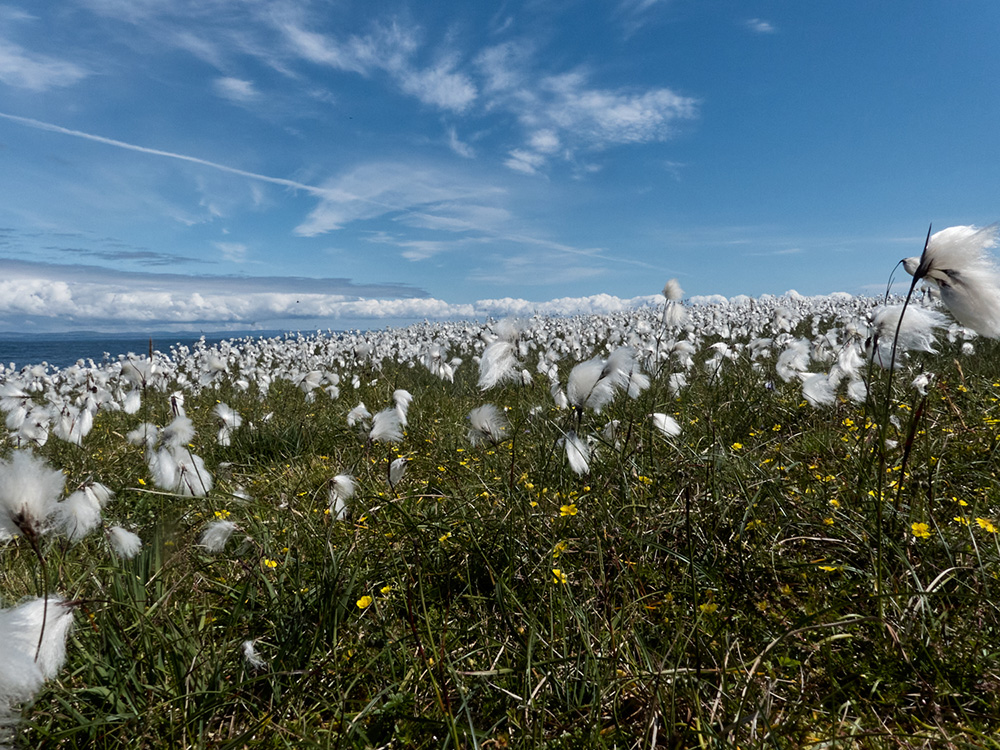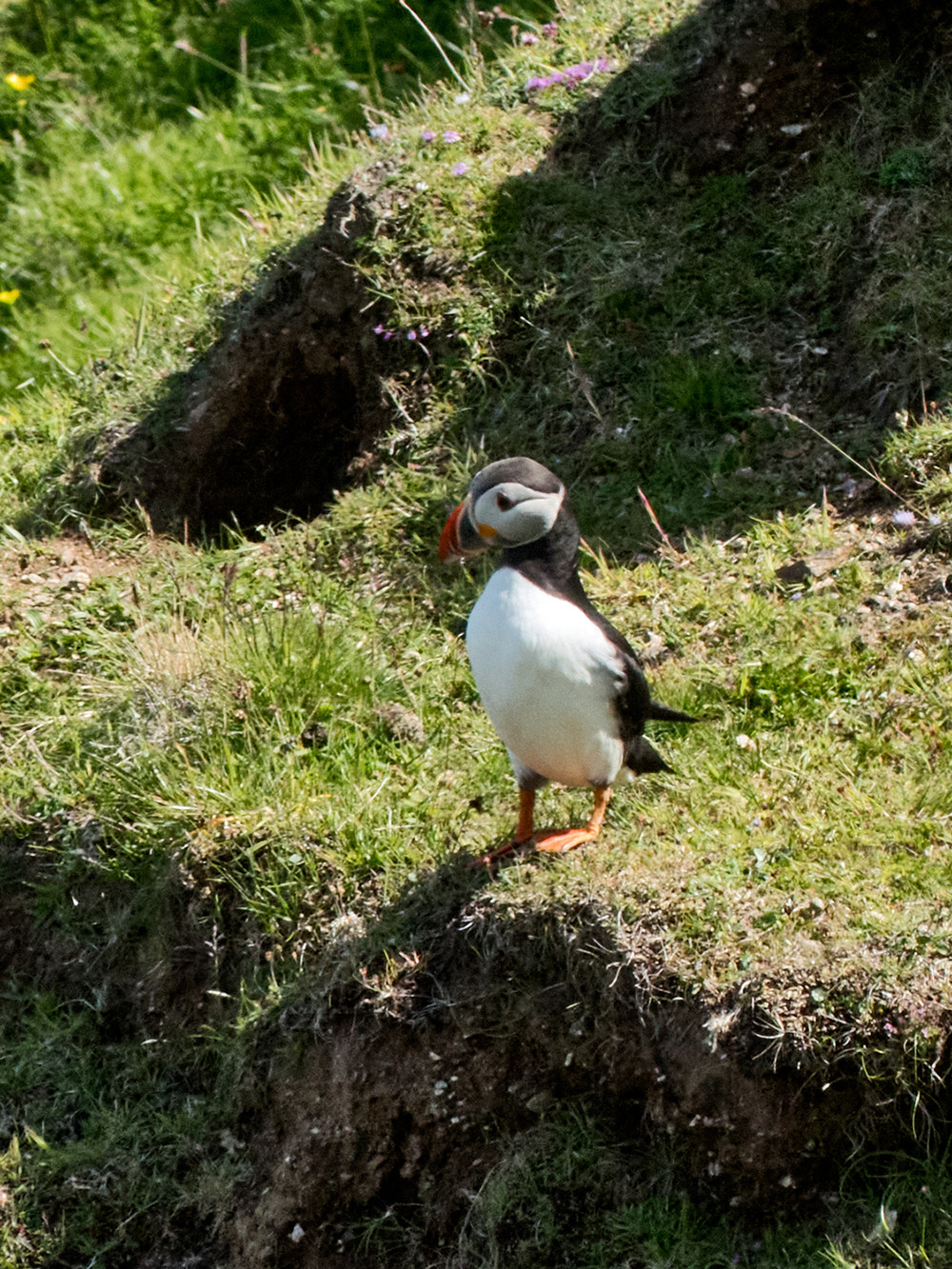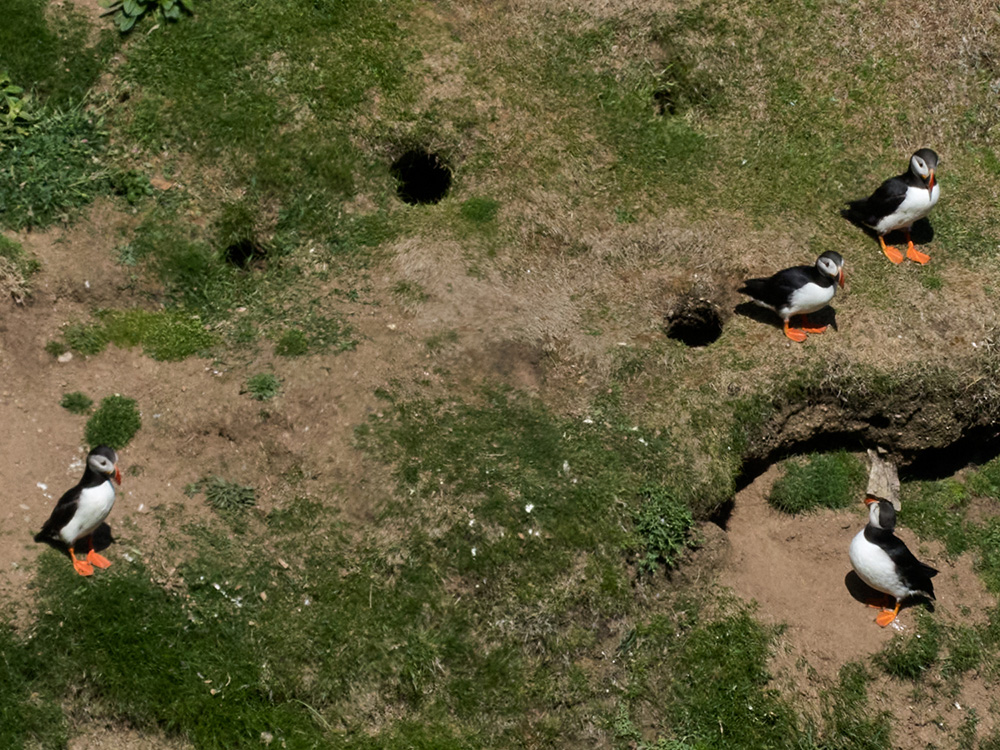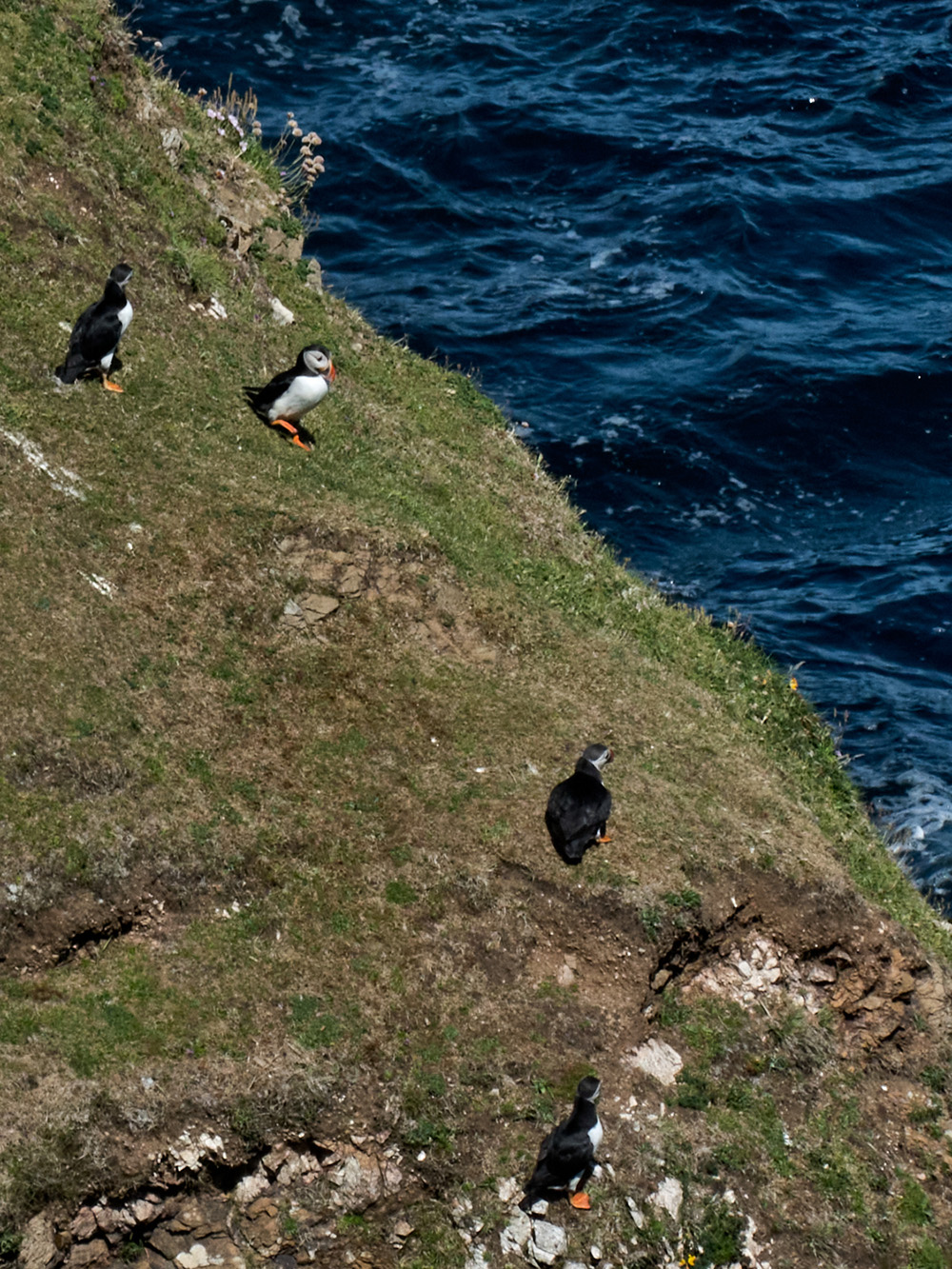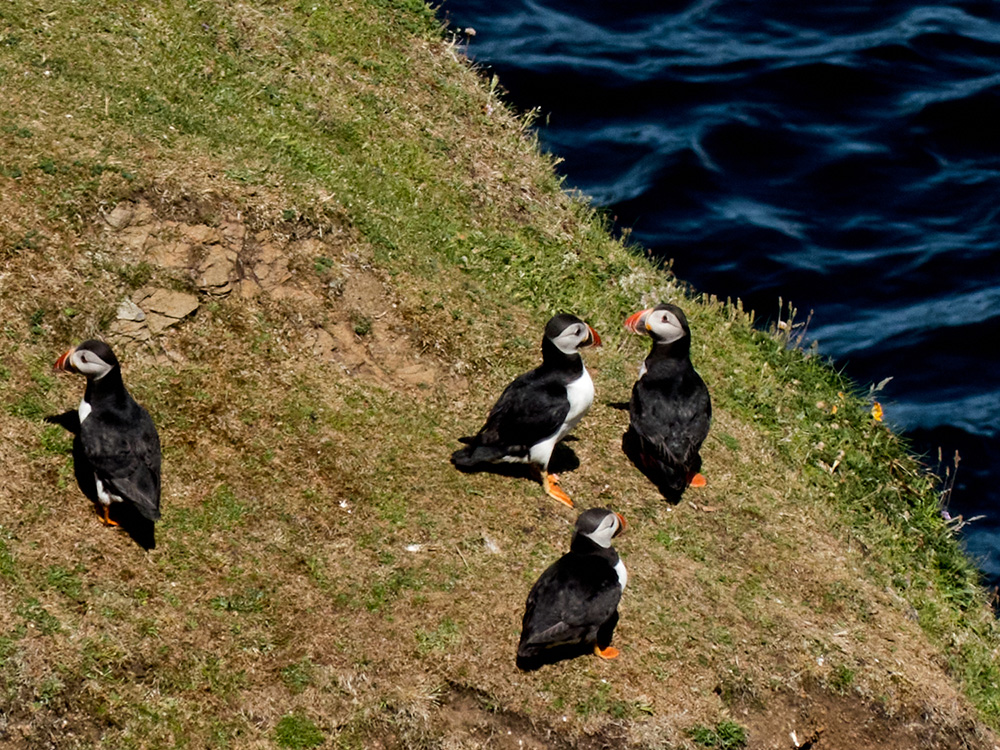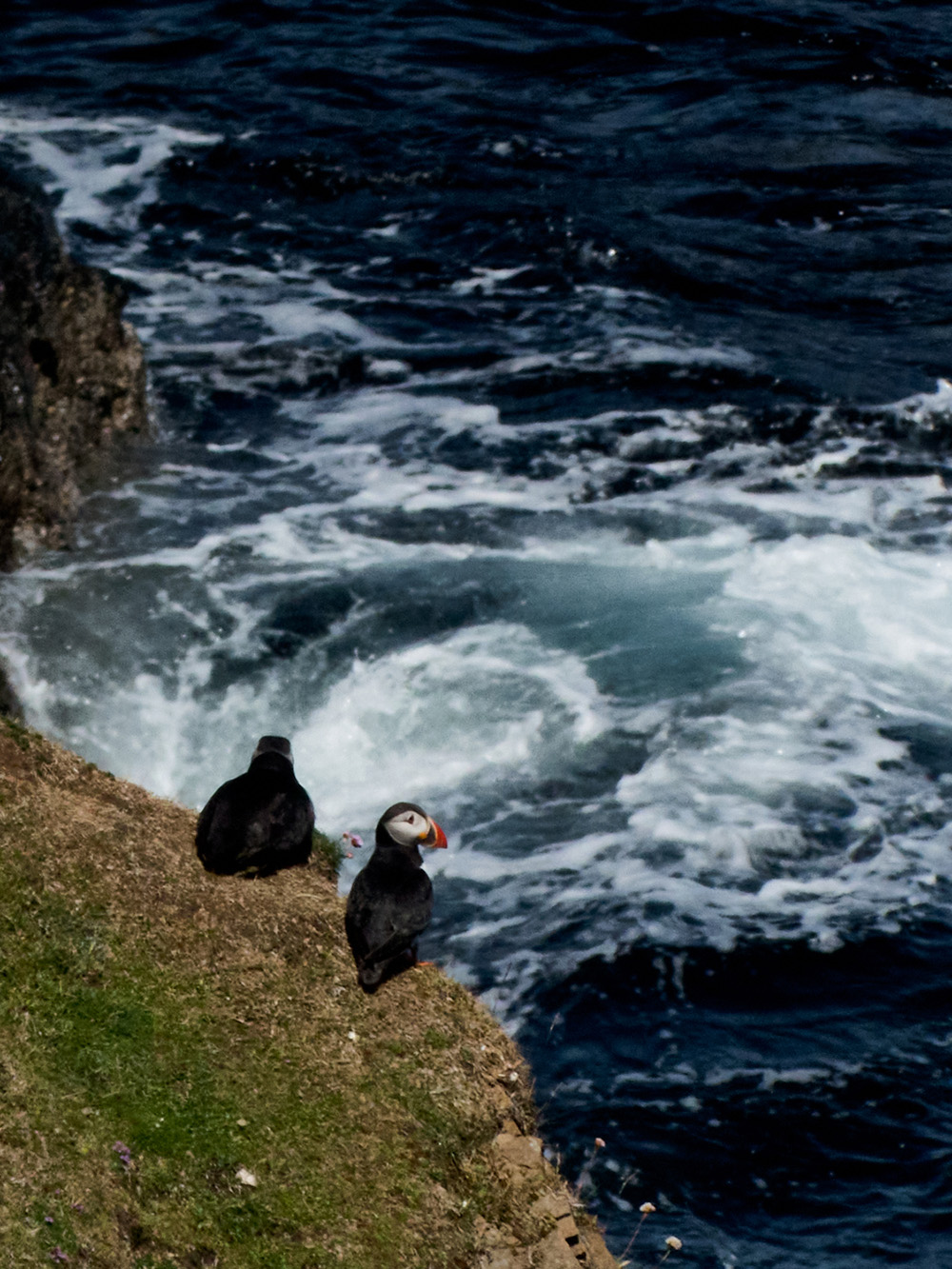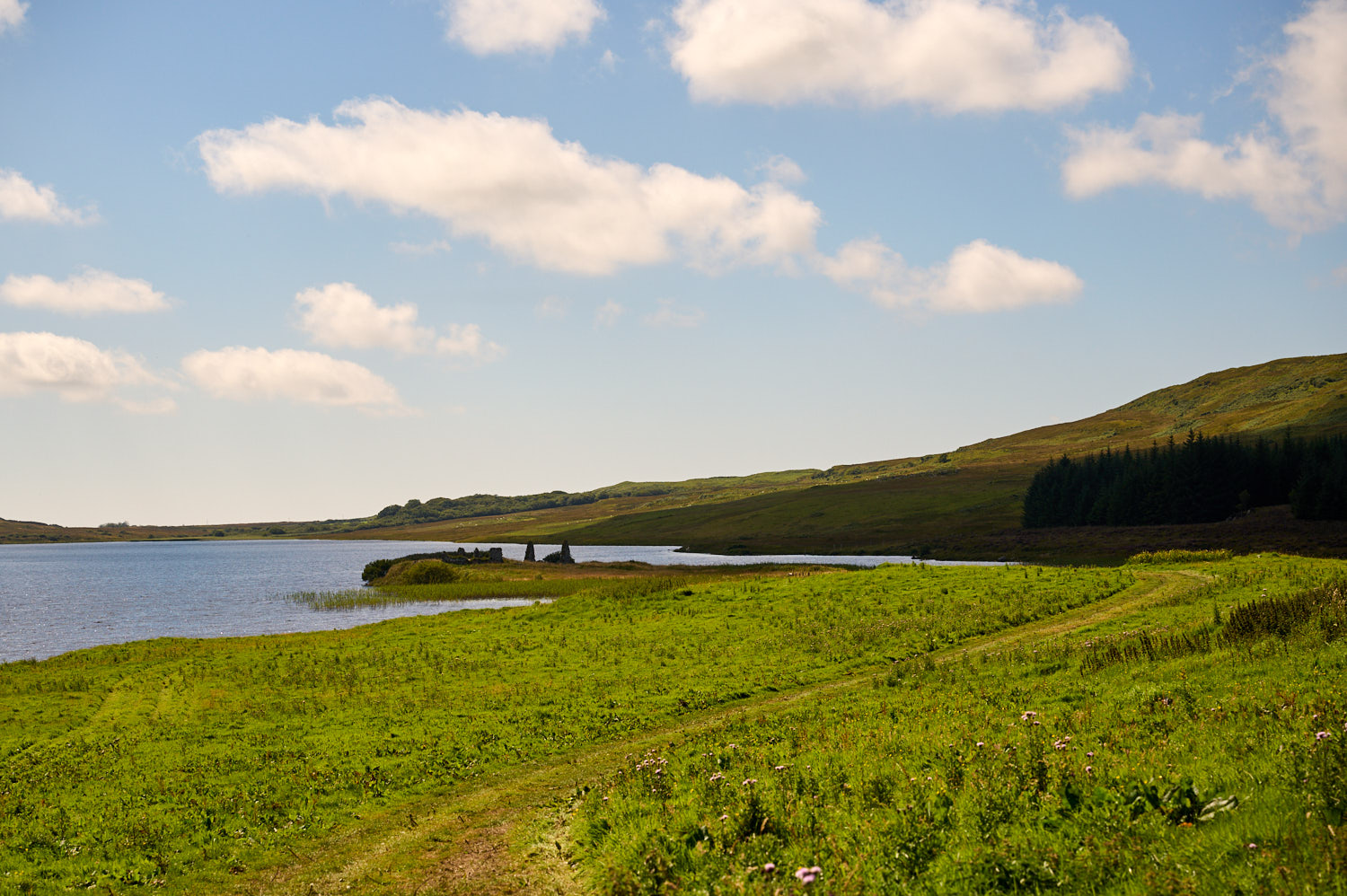
Welcome to Finlaggan, the centre of the Lordship of the Isles.
A few miles to the south-west of Port Askaig on the island of Islay lies Loch Finlaggan, a place of great importance in Scottish history. In the loch are three islands, two of which lie close to the north shore. These are Eilean Mòr (the Large Island) and Eilean na Comhairle (the Council Island), which contain fragmentary remains of buildings. Here the inauguration of the MacDonald Lords of the Isles took place. (Finlaggan.org)
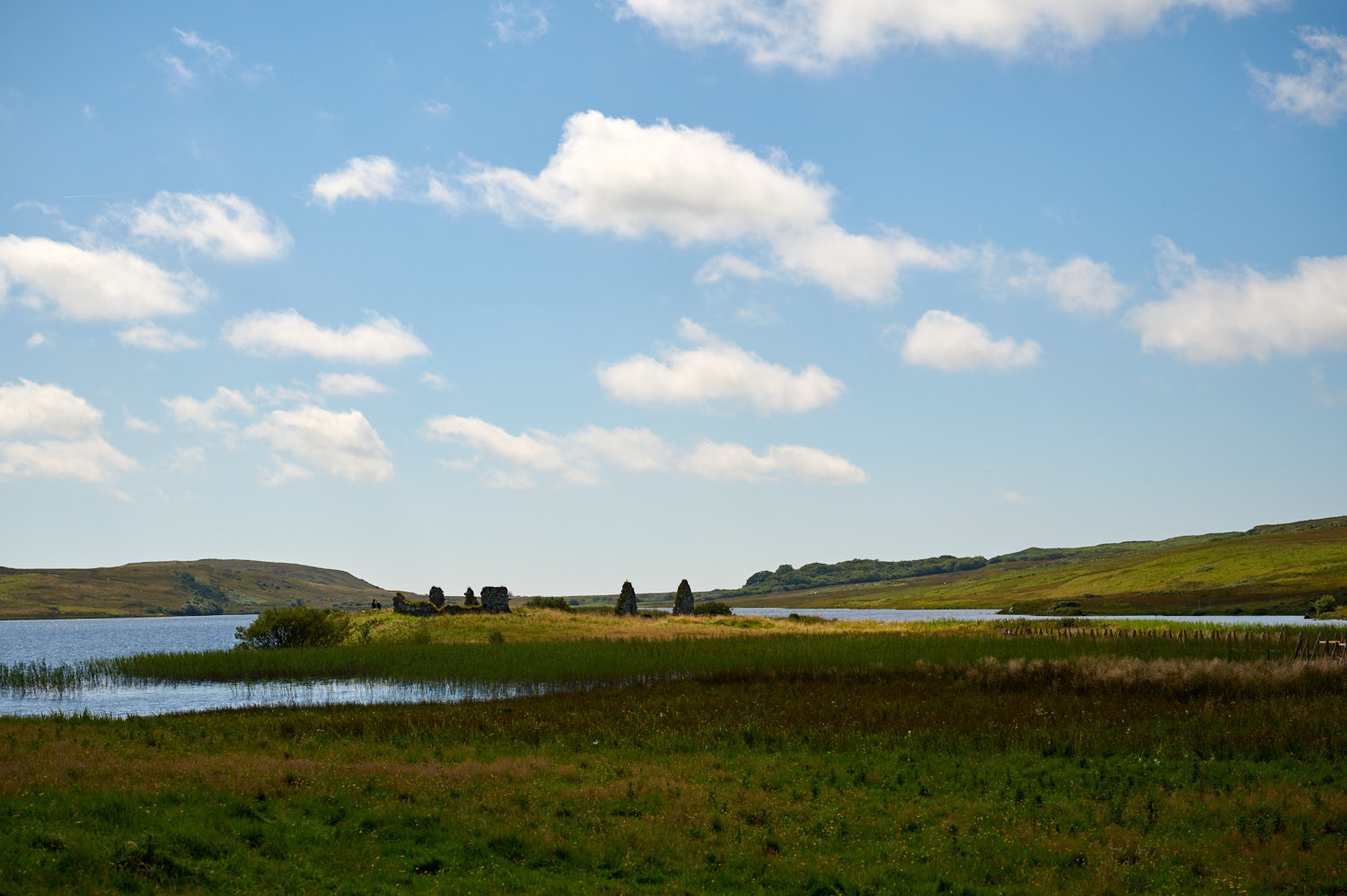
Clan Donald chose Finlaggan as their home and centre of their Lordship. The Lord of the Isles ruled mainland Argyll and the Glens of Antrim. But at its height, MacDonald territory stretched up the Great Glen to Ross-shire, beyond to Buchan and the Mearns, and south to Greenan in Ayrshire. The Lord of the Isles was one of the most powerful men in the country.
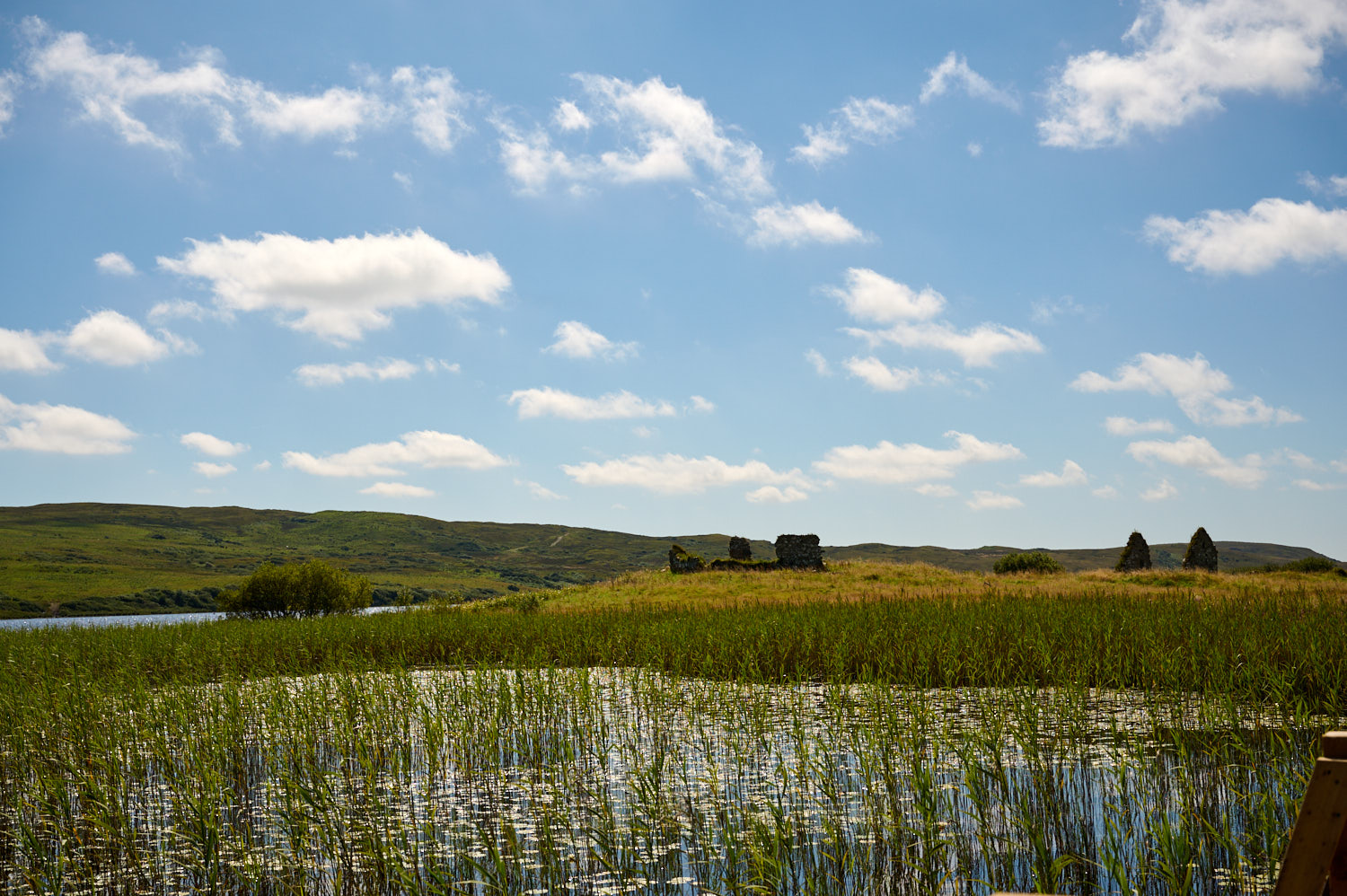
And they lived on this small island in Islay.
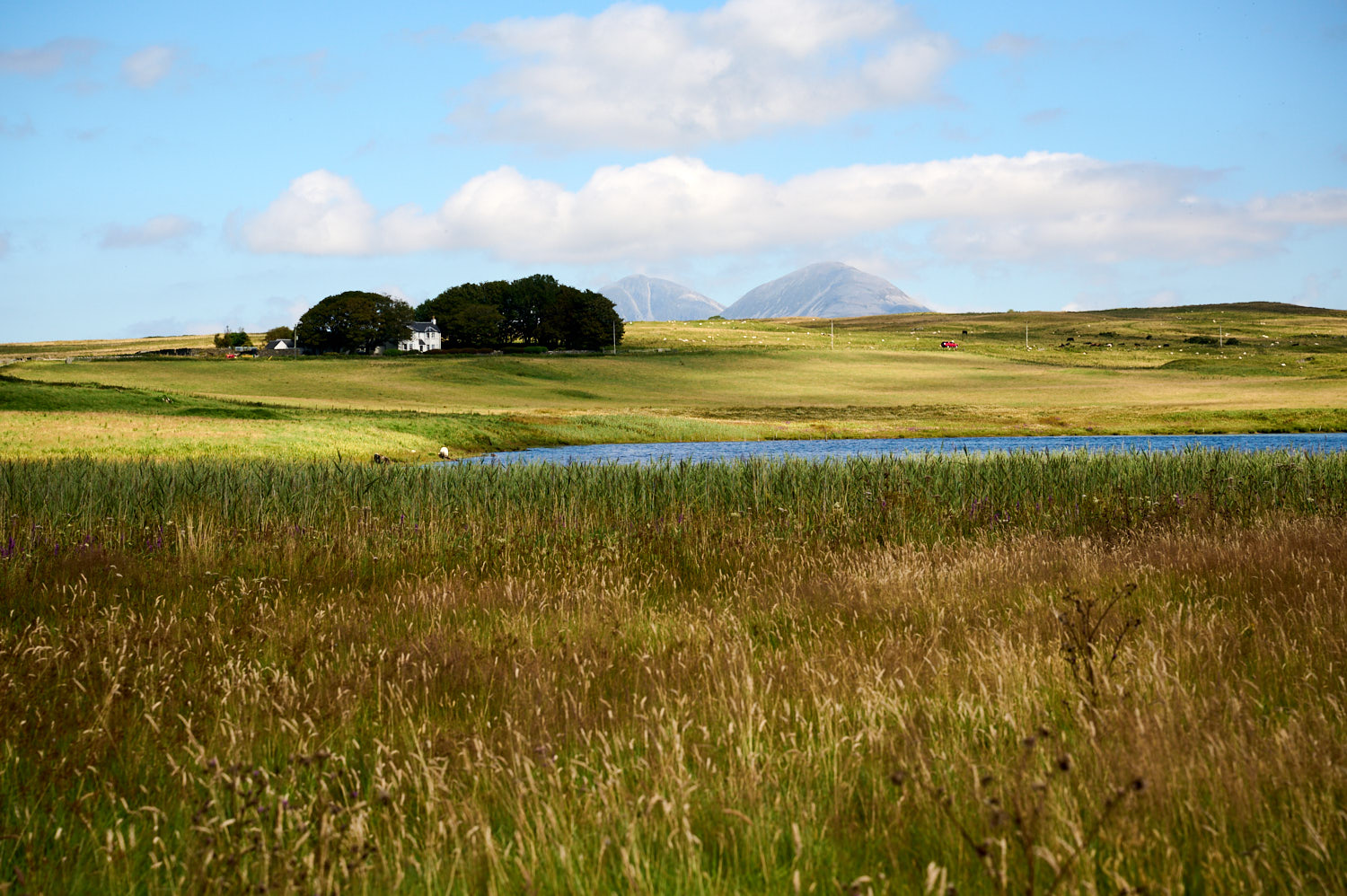
The visitor centre was closed due to the Islay Show, but I was able to visit the island via the bridge and walkway.
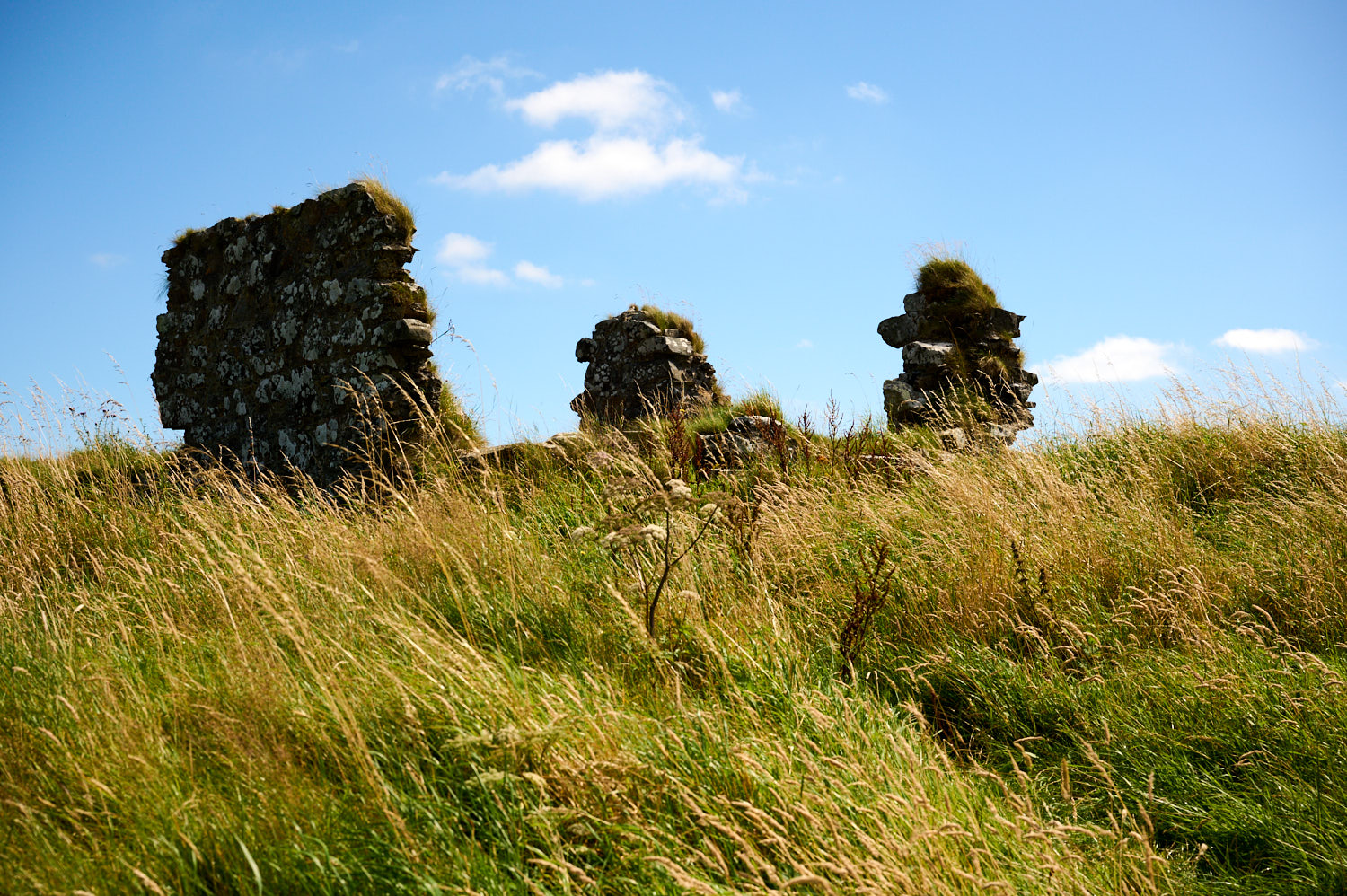
These islands in Loch Finlaggan were the administrative centre of the Lordship of the Isles from the 12th to 15th centuries, until 1493 when the Lordship of the Isles fell to James IV of Scotland.
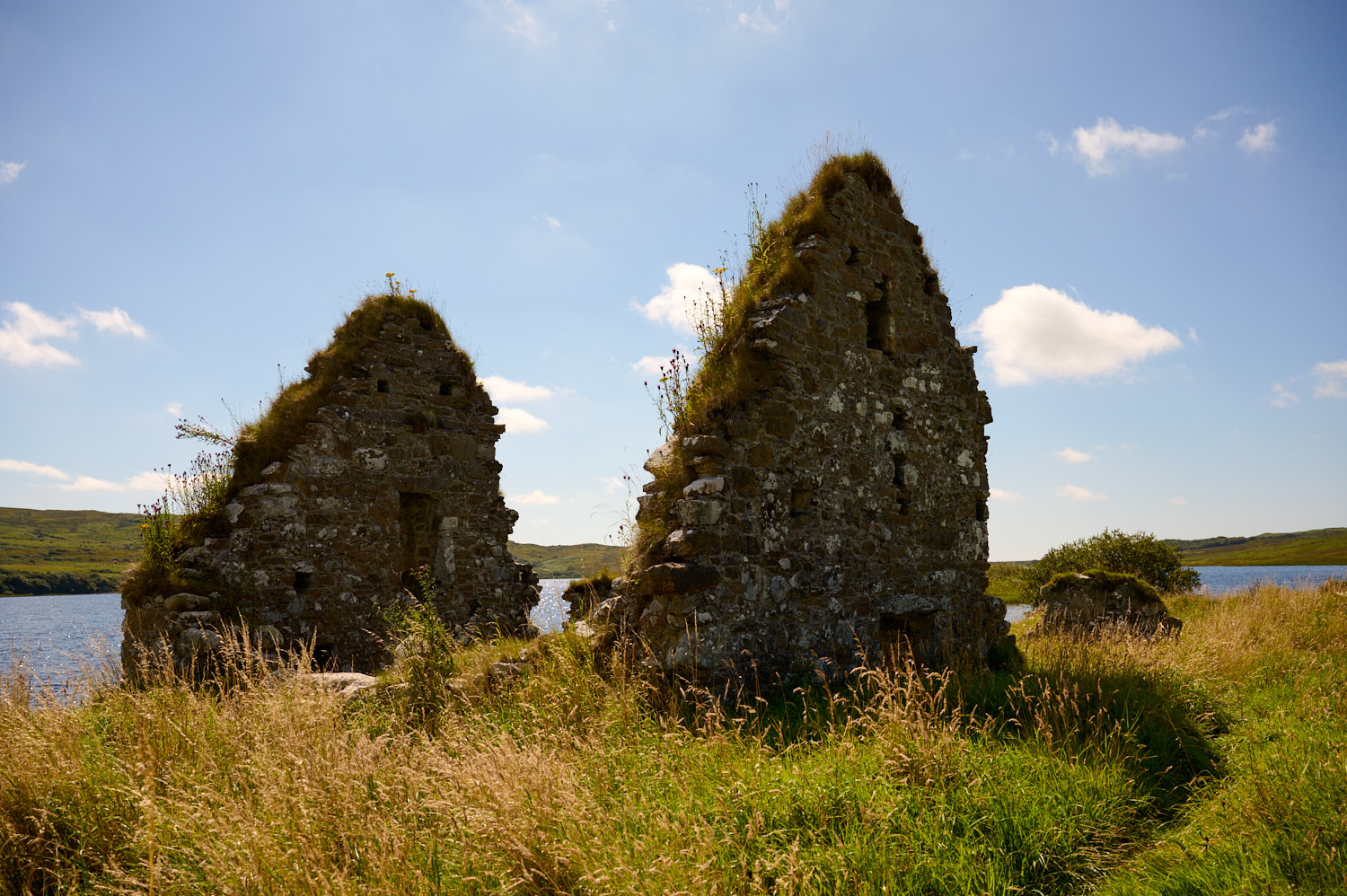
From Finlaggan, the Lords of the Isles ruled the Western part of Scotland from Kintyre to Lewis. They gained control from their Norse overlords, adopted their maritime skills and improved on them. And from Finlaggan they met the kings from Scotland, England and France on equal terms. (Islay.scot)
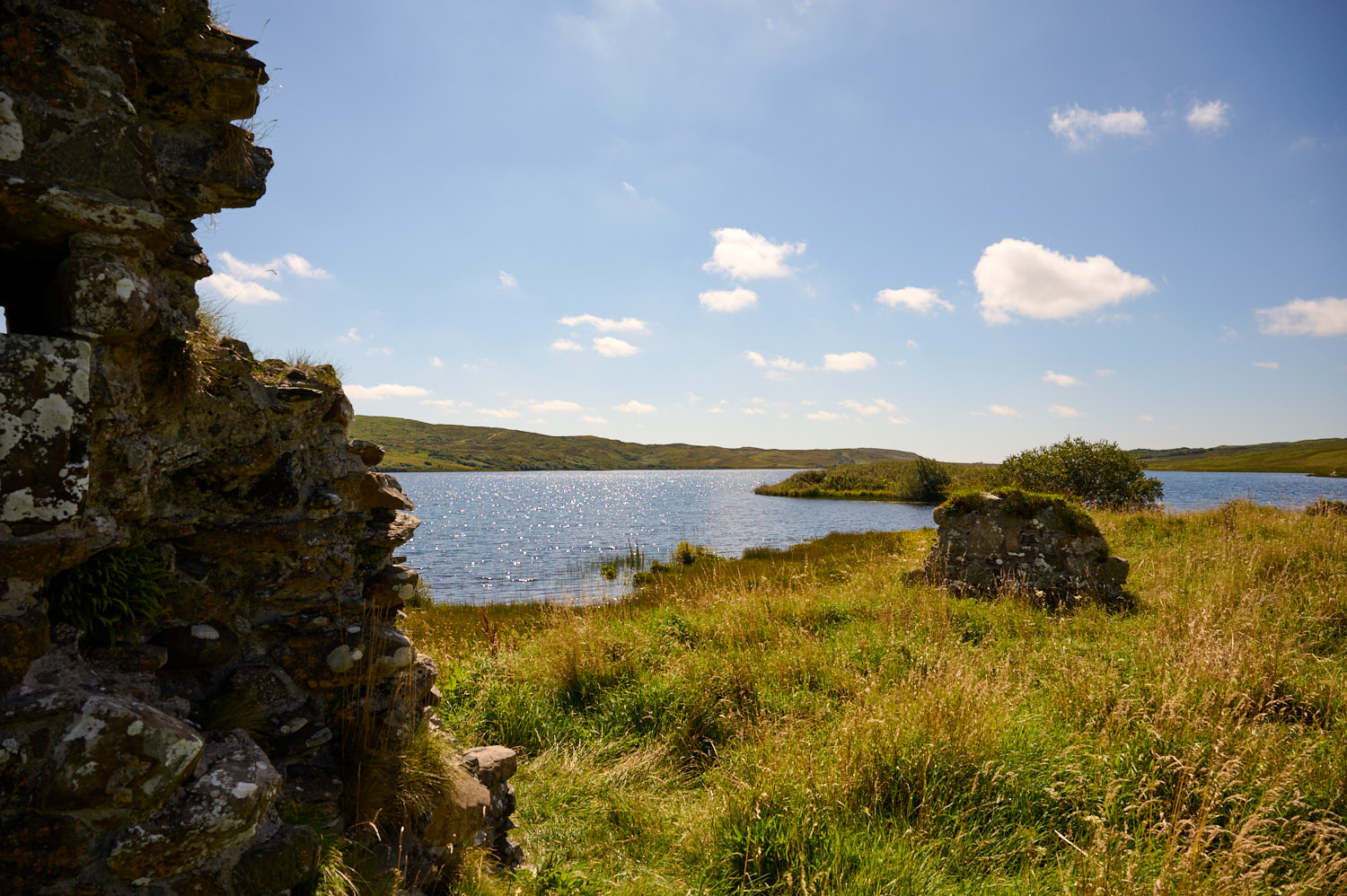
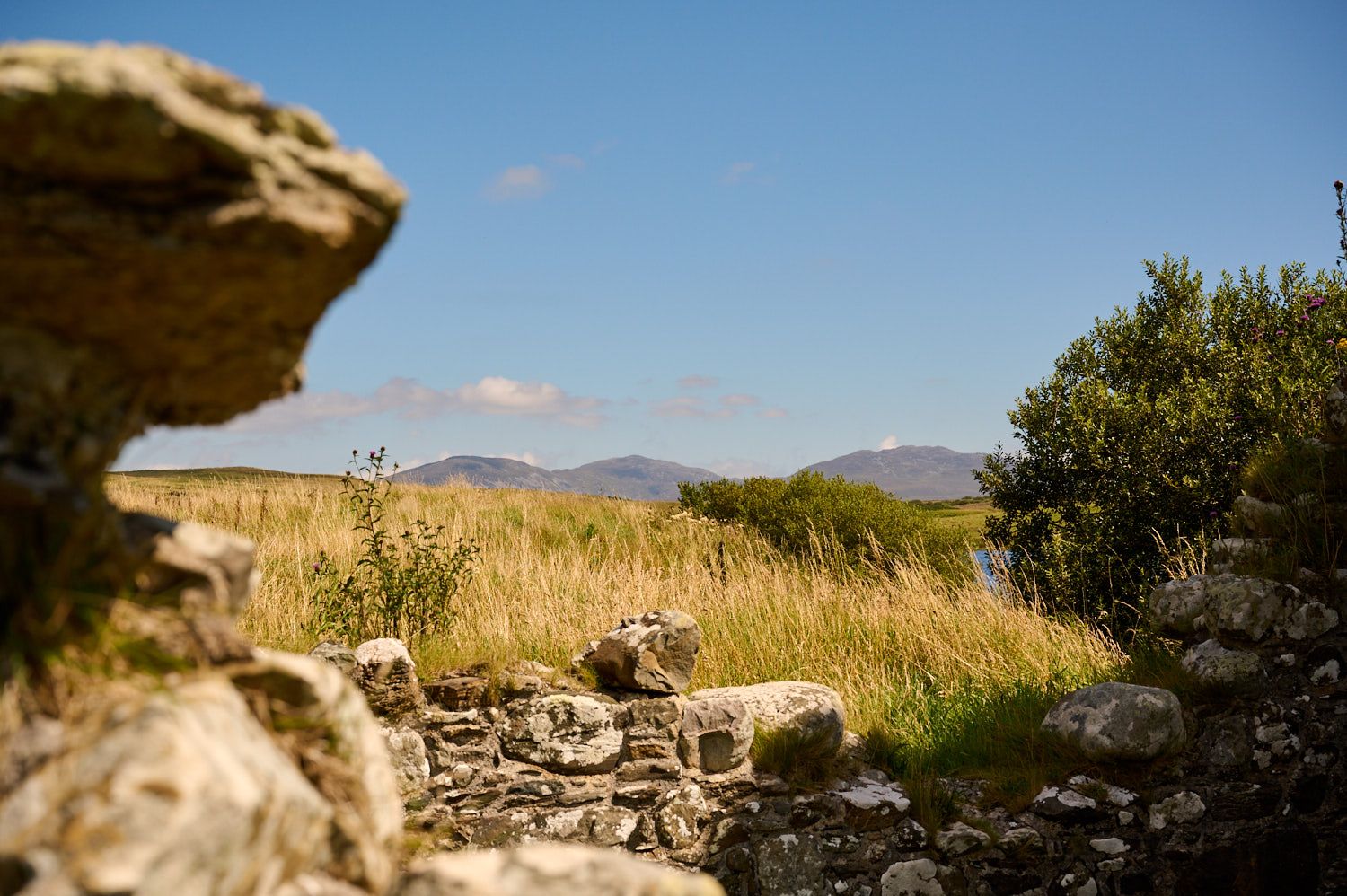
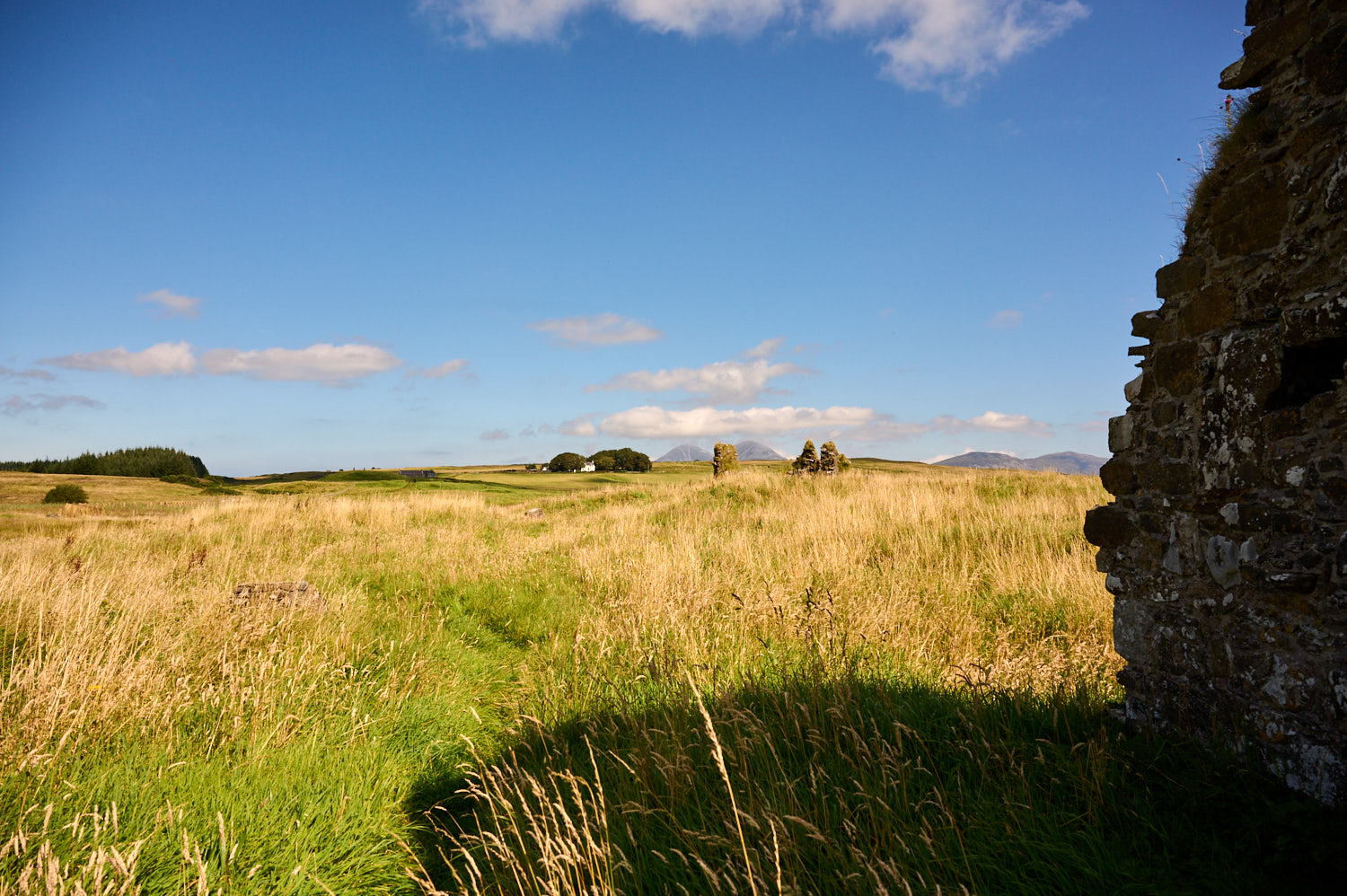
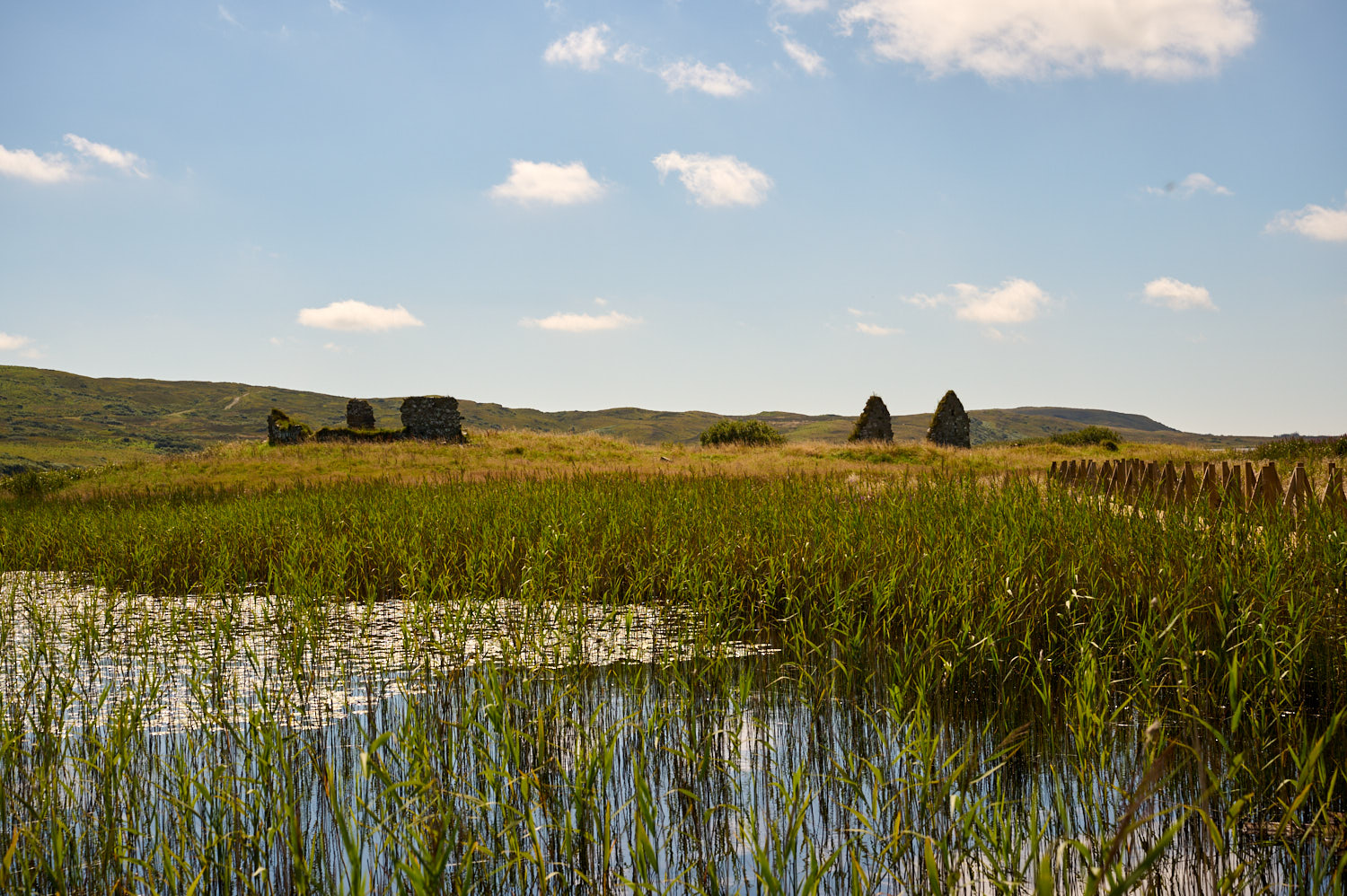
And with this visit to Finlaggan, we are at the end of my Hebridean summer 2022. From the Outer Hebrides, Burra, Eriskay, South Uist, North Uist and Lewis & Harris to the Inner Hebrides, Mull, Staffa, Tiree and finally Islay.
